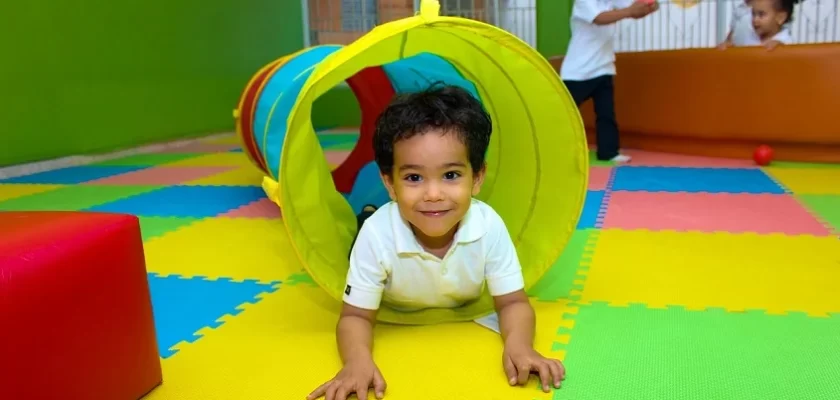How to Calm Down Kindergarteners: Actionable Strategies for a Peaceful Classroom
- Posted on June 8, 2023
- By Vishakha Yadav
- Read 2 minutes

Kindergarten is an exciting time for young children as they embark on their educational journey. However, it can also be a challenging period, with some kindergarteners struggling to manage their emotions and stay calm in the classroom setting. As teachers and caregivers, it’s essential to provide strategies and techniques to help kindergarteners calm down effectively. In this article, we will explore actionable strategies for promoting a peaceful classroom and fostering positive behavior in kindergarteners.
Understanding the Importance of Calmness in Kindergarten
A calm and focused classroom environment is crucial for optimal learning and development in kindergarteners. When children are calm, they can concentrate better, engage in activities effectively, and build positive relationships with peers. Teaching kindergarteners how to calm down not only benefits their emotional well-being but also contributes to their academic growth.
Strategies to Calm Down Kindergarteners
Here are some actionable strategies and techniques that can help kindergarteners calm down in the classroom:
1. Teach Deep Breathing Techniques
Deep breathing is a simple yet effective technique for calming down. Encourage kindergarteners to take slow, deep breaths by inhaling deeply through their noses and exhaling slowly through their mouths. Practice deep breathing exercises together as a group or individually when children need to relax.
2. Establish a Calm-Down Corner
Create a designated space in the classroom known as the “calm-down corner.” This area should be quiet, comfortable, and filled with sensory items like soft pillows, stuffed animals, or stress balls. Teach kindergarteners that they can go to this corner when they feel overwhelmed or upset to take a break and regain their composure.
3. Incorporate Mindfulness Activities
Introduce age-appropriate mindfulness activities into the daily routine. This can include short guided meditation sessions, mindful coloring, or simple stretching exercises. These activities promote self-awareness, emotional regulation, and relaxation among kindergarteners.
4. Utilize Visual Aids
Visual aids can be powerful tools for helping kindergarteners understand and remember calming techniques. Use posters, charts, or visual cues that depict deep breathing, positive affirmations, or steps to manage emotions. These visuals serve as reminders and can be referred to when children need support in calming down.
5. Encourage Expressive Arts
Engaging in expressive arts activities allows kindergarteners to express their emotions and release tension in a creative and constructive manner. Provide opportunities for drawing, painting, or engaging in dramatic play to help children process their feelings and find a sense of calm.
6. Implement Relaxation Techniques
Teach kindergarteners simple relaxation techniques, such as progressive muscle relaxation or guided imagery. These techniques help children focus their attention on specific body parts or imaginary scenarios, promoting relaxation and reducing stress.
7. Establish Clear Expectations and Routines
Creating a structured and predictable classroom environment helps kindergarteners feel secure and reduces anxiety. Establish clear expectations and routines for behavior, transitions, and activities. Communicate these expectations consistently and provide positive reinforcement when children demonstrate appropriate behavior.
8. Foster a Positive and Supportive Classroom Culture
A positive and supportive classroom culture plays a significant role in helping kindergarteners feel safe and comfortable. Encourage empathy, kindness, and respect among peers. Implement class-wide activities that promote collaboration, teamwork, and positive social interactions.
